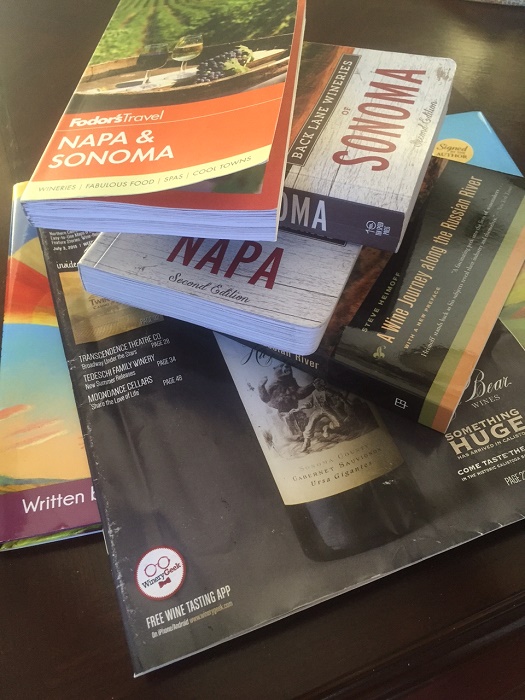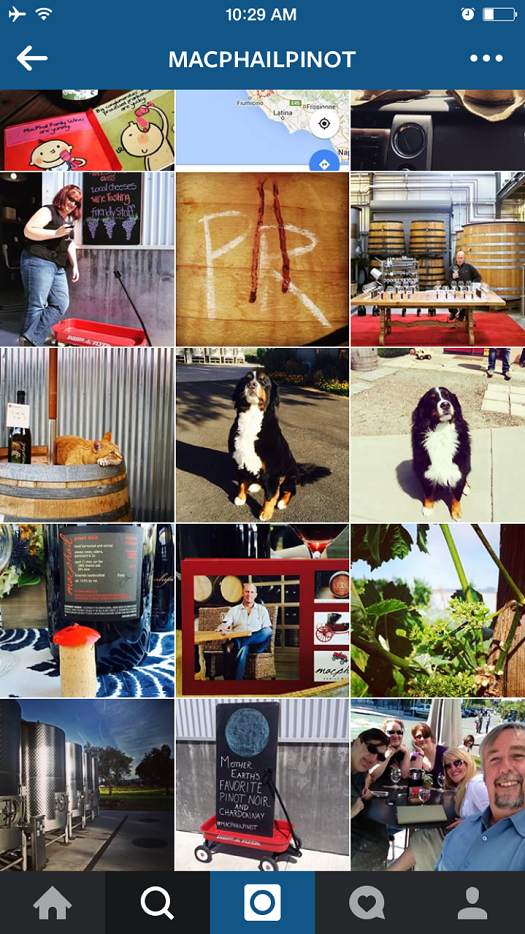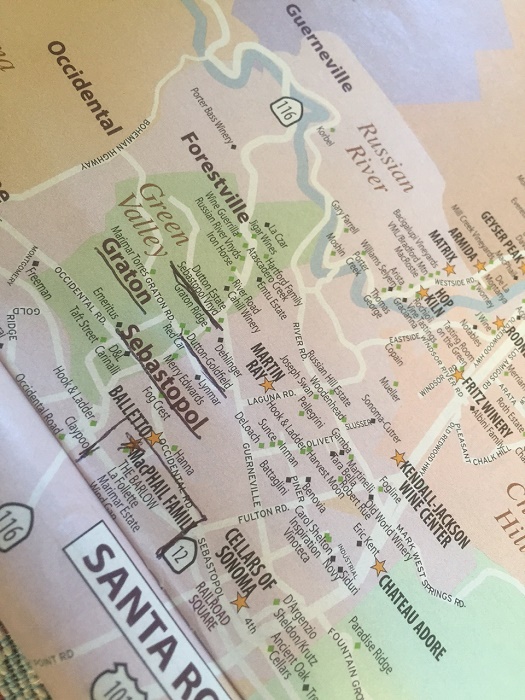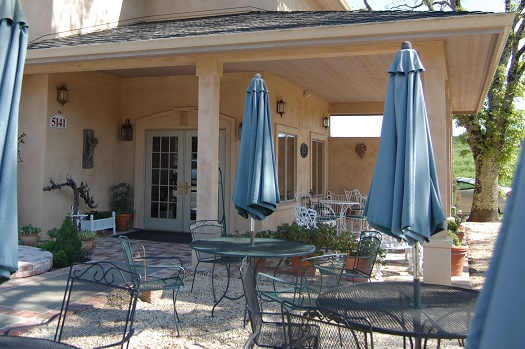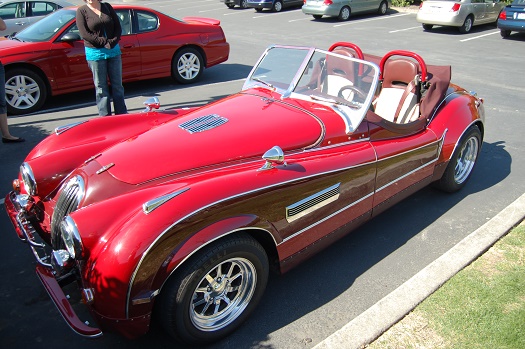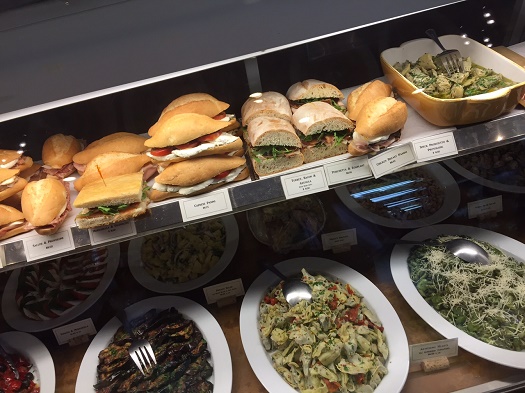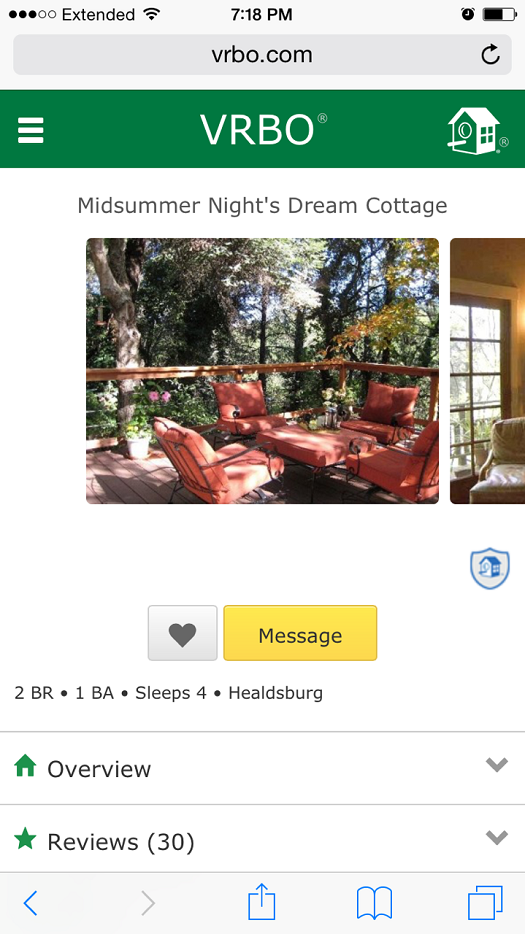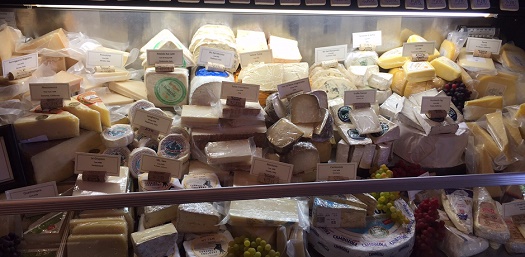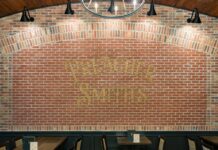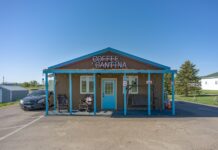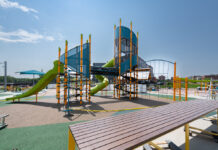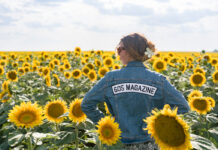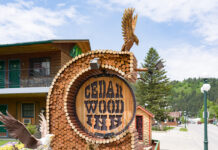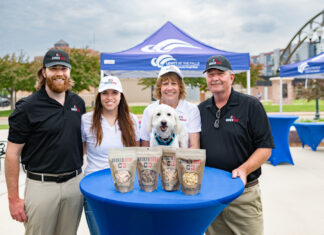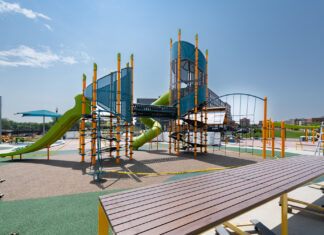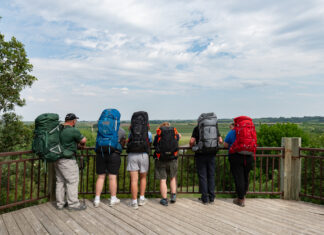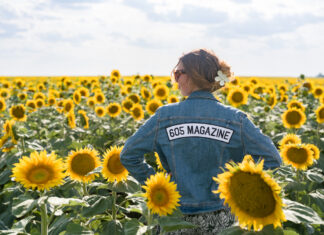By Kara Sweet
Summer is here! For most of us, that means travel plans. For me, it means wine travel plans. Whether you are visiting northern California wine country—like me—or any other wonderful wine destination, here are some tips to make your travel filled with lots of wine but very little whining. Happy travels!
Act Old Fashioned
I love to start any travel planning the traditional way: purchasing actual books and travel guides about the area I am visiting. Of course, start in your neighborhood book store to look for these volumes; if you do not find what you need there, Amazon is always a great resource.
Travel books are a good way to get a general picture of the place before you arrive. I write notes, highlight snippets, and post stickies throughout the books, marking any information I may want after my arrival. The best part of a real book is taking it on the trip, using it to keep track of where you’ve been and where you have yet to go. No matter the cell or WiFi service, your book is always available for you during travel—no electricity needed. Then, after you return home, picking up the book to remember the trip is a wonderful way to bring a smile to your face.
I began with the Fodor’s Travel Napa and Sonoma guidebook, but then went further into depth with Tilar Mazzeo’s Back Lane Wineries of Sonoma and Back Lane Wineries of Napa. For even more details, I read James Conoway’s Napa and The Far Side Eden books and Steve Heimoff’s A Wine Journey along the Russian River.
Now, I realize most won’t want this much information before traveling, but being old fashioned by planning my travel with books is my favorite part of any trip.
Get Modern
After getting the general lay of the land the old-fashioned way—books—it’s time to get modern and go online. Of course, the internet is where to look once you have found specific regions, towns, wineries, or restaurants in which you might be interested.
Maps of the area can be studied, as well as directions found between points of interest. Make a list of landmarks to visit. Get an idea of what wineries at which to stop. Focus on excellent restaurants for supper. Find farmer’s markets for local products. All is made much simpler online. Great sites to start are sonomacounty.com, visitnapavalley.com, Trip Advisor, Yelp, Fodor’s, and Travel and Leisure.
Be Social
After books and internet, it’s time to go to social media. Where books are updated only at printing and websites only periodically, social media outlets like Facebook, Instagram, and Twitter are updated constantly. Finding the places you want to visit and then following their social media pages can keep you informed of any fun events, tasting specials, or food options available that day. Often, you can make contact with businesses via Facebook or Instagram; because of this, they may have the opportunity to offer you special tours or tastings. I personally love Instagram because of the wonderful pictures wineries can post, letting me know what to expect once I get there.
Make a Plan
Wine is ultimately an agricultural product; it comes from farming grapes. What this means is that vineyards and wineries are often spread over a large area. Napa County is almost 750 square miles, while Sonoma County is almost 1,800. This is a lot of ground! It’s impossible to go from a winery near the town of Sonoma (far south in the region) and then to one near the town of Healdsburg (very far north) in a hurry. Travelers need to use books, internet, and social media to formulate a plan to group together places in the same community or area for ease of time and travel. Also, many wineries are not open to tasters every day, so you may need to call ahead and make an appointment on the days they are open. Making a list to keep track may help. However, planning a day via an accurate map is a really efficient way to make for easy travel.
Live on the Edge
Even after all that planning, make sure to leave room for in-the-moment decisions. Yes, a schedule is important, especially for tasting rooms that aren’t always open or where you have made an appointment. Nevertheless, if someone gives an excellent recommendation of a winery or restaurant…take it! As long as you are not missing an appointment you already made, veer from your set course; but, if you scheduled a tasting room appointment keep it. (This is very important. A winery might be bringing staff in for the day just for you.) If you see a winery that just pulls you in, you have heard of before, or you have enjoyed their wines, by all means, stop to taste. This could be one of the best stops of your day!
Be Realistic and Responsible
There are well over 400 wineries in both Sonoma and Napa Counties; that means over 800 possible wineries at which to sip. That doesn’t take into account if you go further south or north or east of these two areas. Basically, there is a lot of wine. You are not going to hit every tasting room, nor should you try!
A realistic number of stops per day is actually three to four tasting rooms. Most are open from 10:00 a.m. to 5:00 p.m.; some will vary from these hours slightly, depending. But remember, wine travel is a marathon, not a sprint. Each stop should be thoroughly enjoyed, not rushed through. Plus, it’s alcohol, and wine tasting should be a cultural activity. There is no need for you to slam each wine in a tasting room to hurry to the next. Take your time. Learn about the wines. Learn about the winery. Learn the stories behind the scenes. This will make each experience much more meaningful and memorable.
Another important tip for wine vacations is to dump wine out. Yes, I said it. Dump. Wine. Out. If you don’t like a wine, don’t drink it. A tasting room attendant and wine maker would rather you dump a wine you didn’t care for so that a wine you do like can be found. Also, if you are going to get five or more one-to-two-ounce pours per tasting room, and visit four tasting rooms a day, that is still well over twenty ounces of wine. Just four to six ounces is considered a glass; that is many glasses of wine throughout the day. Dump your wine if you are given a large pour. No one wants to be the obnoxious (read: drunk) first time taster.
Finally, and most importantly, have a responsible plan for driving. If you are only visiting three or four tasting rooms a day and eating well (see number four below) while dumping many pours and taking things slowly, the average 150-pound-plus male can metabolize the alcohol of one glass per hour, meaning he would be okay to drive. But maybe you want to travel with someone who is willing to drive and not taste. Maybe someone is willing to spit out each wine. Maybe you are willing to take turns drinking at each tasting room. Or maybe, you are going to hire a car or driver. Whatever the case, have a plan for driving. Please be safe.
Feed the Beast
During any type of travel, but especially traveling that includes wine tasting, eating and hydrating is so very important. Start every tasting day with a robust breakfast, filled with protein. Pack healthy and protein-filled snacks. Make sure your plan includes a stop for lunch, whether you have packed a picnic or picked a restaurant. Again, make protein-rich foods part of the meal. Protein, not bread, helps metabolize alcohol, so make meats and eggs and cheeses a large part of your wine tasting day. Also, drink lots of water. Hydration is key to all travel, just because it is what helps people feel good that day…and the next. Pack water bottles and ask for water at tasting rooms. You will be happy you did.
Think of the Family
Wine country (northern California or others) can be kid-friendly. True, it may take more of the advanced planning step above, but many family activities abound in Sonoma and Napa. First, contact wineries in which you are interested. Many have outdoor areas where you can taste while the kids play outside. Some have outdoor games, like Bocce ball. Even indoors, many wineries have seating areas away from the tasting bar, and of course, ask for the WiFi code so kids can enjoy their technology while you sip. If kids want water, pop, or snacks, just ask. Wineries commonly have these available for the underage. Finally, winery dogs are incredibly popular. They have great temperaments and can entertain children (of all ages) for quite some time. I even know one winery that brings miniature horses on site during the weekends. These critters will keep all family members happy.
Think of Your Time
Timing is everything in wine country. Napa Valley alone literally gets millions of visitors a year. It is not unusual for the larger, busier tasting rooms to have over 1,500 guests on a summer Saturday. So if you can, time your visit well. Weekdays are not nearly as busy. You will not have to share the tasting bar and can take as much time as you want with the tasting room associate. Just make sure to check the days of the week a winery might be closed, because if a tasting room is closed, it will also be Monday through Thursday.
Obviously, summers are peak tourist traffic months, but weather that grows great grapes is also pleasant many months of the year. Spring, summer, and fall are all beautiful in California. Frankly, winter isn’t that bad either! Plan a trip for the off-season months if you are able. If you have to go on a summer weekend, don’t despair. Start early. I know it may seem strange to start sipping wine by 10:00 a.m., but tasting rooms are not as busy right away in the morning, and you could find yourself with plenty of room in the winery if you go right after opening. Also, plan the busier, larger tasting room as the early, first stop, and then go to the off-the-beaten-path options in the afternoon.
Live like a Local
Napa and Sonoma Counties both have some beautiful hotels and inns. But if you can, don’t stay at any of those. Live like a local. Plan ahead and search on sites such as vrbo.com (Vacation Rental by Owner), airbnb.com, or Craigslist for houses or apartments for short-term rent; there are many options out there.
Often for a family, these are better deals for sleeping a large number of people. Staying in a short-term rental has multiple benefits other than a monetary one. There is more room to spread out as the majority of these rentals have living areas in addition to sleeping areas. Outdoor seating is a common perk to renting a home or condo, so beautiful summer evenings can be enjoyed outside (yet in privacy).
The kitchenette is my favorite perk. This means breakfasts can be made and eaten at home, not only saving money, but also making it necessary to go to the local grocery store. Though Napa and Sonoma are both cuisine meccas with world-class eateries, the two areas are also home to wonderful super markets and farmer’s markets. Go shopping like you live there. Make breakfast and supper (at least once) at “home.” Pack a picnic of local foods. Experience the area and really feel what it is like to live there. This is how you truly understand any destination.
Ahhhh….summer has not only arrived, it is quickly passing. I hope you take a trip that includes some wonderful wines. I also hope these tips made more wine happen on your trip and less whining. Have a wonderful rest of your summer!



